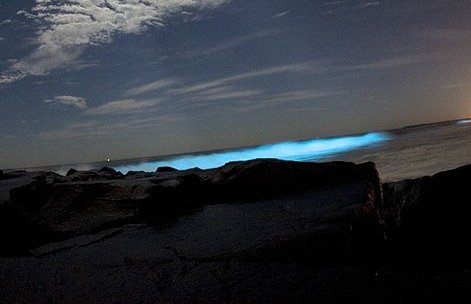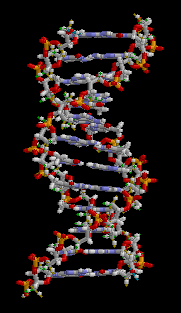
Image in the Public Domain
Currently, my favorite book on Galielo is Galileo, Bellarmine, and the Bible by Dr. Richard Blackwell. Published by The University of Notre Dame Press, it gives an unvarnished account of how poorly Galileo was treated by the Roman Catholic Church. In the end, however, this new book might end up becoming my favorite resource regarding this great man of science and faith. Of course, once I am completely finished, I will give it a thorough review.
The purpose of this post is to discuss an amazingly insightful thing written by Galileo way back in 1623. In a work that was meant to refute an interpretation of comets by Orazio Grassi, Galileo wanted to make it clear how little he cared about the opinion of the majority of scientists. He said:
The testimony of many has little more value than that of few, since the number of people who reason well in complicated matters is much smaller than that of those who reason badly. If reasoning were like hauling I should agree that several reasoners would be worth more than one, just as several horses can haul more sacks of grain than one can. But reasoning is like racing and not like hauling, and a single Arabian steed can outrun a hundred plowhorses. (p. 93)
Interestingly enough, Galileo was wrong about comets. He thought they were an atmospheric phenomenon, but we now know they are “dirty snowballs” that orbit the sun.



